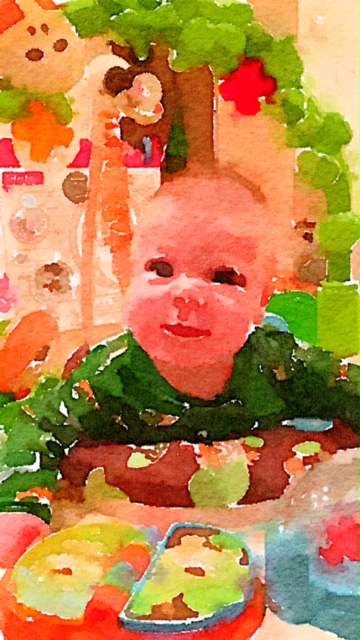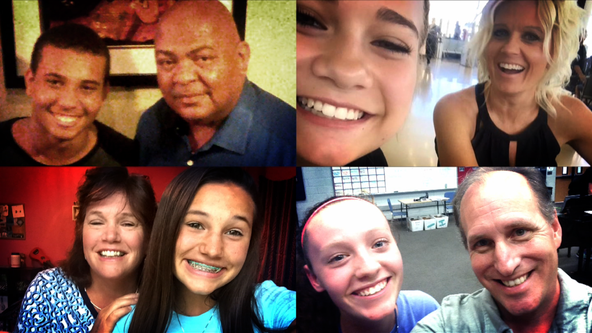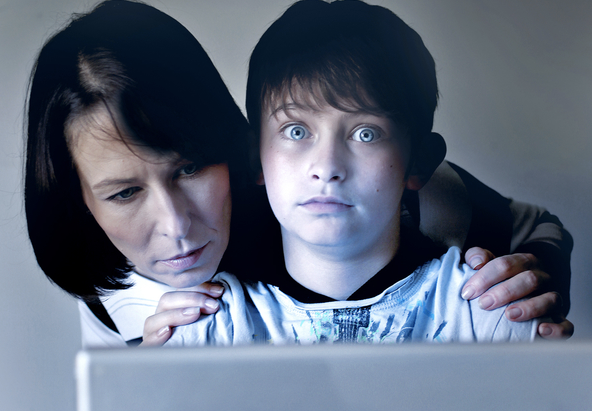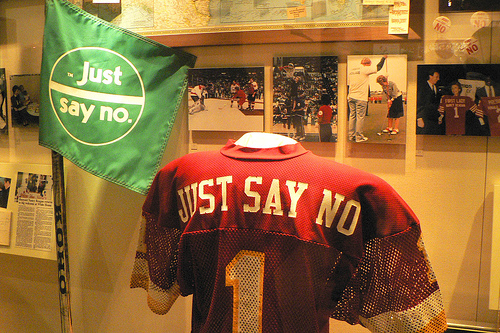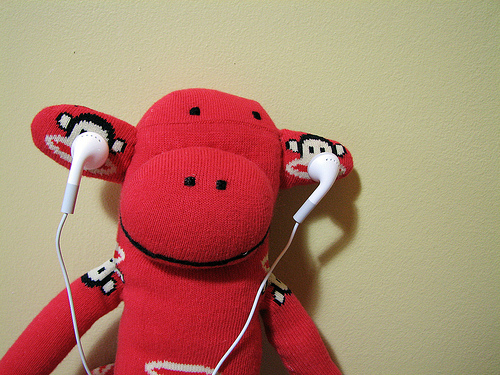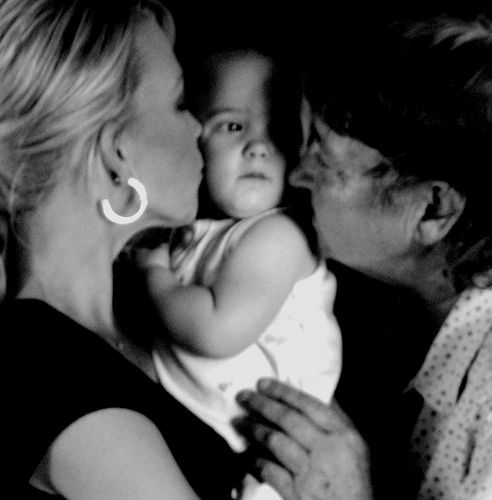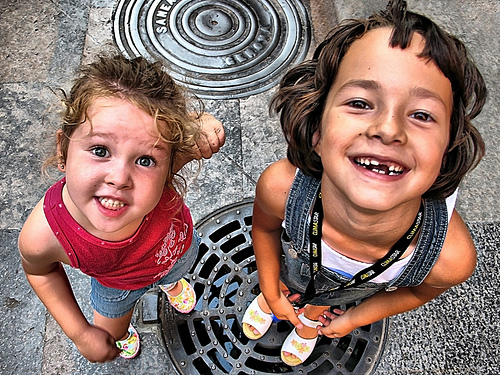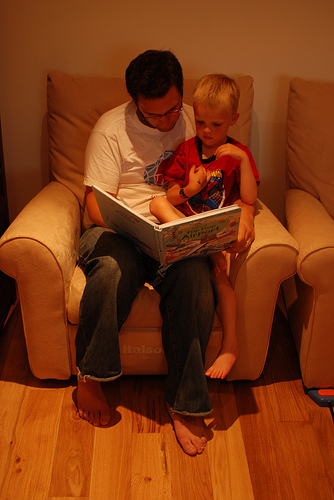Parenting in the Loop Weekend

Feeding Baby…”no judgement”
As a grandma I am amazed at the amount of parenting advice is at the touch of today’s parent’s fingertips. Although it is awesome to have so many answers to every question, it can also be overwhelming.
I am well aware of many websites that offer advice from “must have” products to ease raising a happy, healthy child.
Since my granddaughter was born nine years ago I have a renewed interest in the world of mommies and daddies. The twenty-five year gap since I was the parent of a baby was the impetus for this blog.
I now have a two year old grandson and things keep changing exponentially.
In a effort to be true to my own background as a mother/baby nurse and clinical social worker I have focused on child safety, food allergies and parenting skills from a few select people. On my Facebook page I curate products, recalls, and parenting guidance. Very infrequently am I involved in sponsored posts which inadvertently, could color my opinions. I advocate for kids with food allergies and kids safety especially in cars.
Here are a few of my favorite connections:
- Dr Harvey Karp and his “Happiest Baby on the Block” and “Happiest Toddler on the Block”
- The Baby Guy NYC
- Janet Lansbury
- Magda Gerber RIE Parenting
Here’s the deal: We have never had so much information at our fingertips in the history of parenting. Data, studies, websites, books, podcasts, articles, blogs, columns (ahem), classes, therapists, coaches (again, ahem). There is a never-ending list of ways that parents can get advice and instruction and information. Yet we have never been more anxious and insecure about our roles. Are we good enough? Are we providing the best opportunities for our children? Are we too lenient? Too strict? Too absent? Too present? For every question we have, we can sit at the computer and search and search, giving our brain unending fodder for worry and uncertainty. For every study we find, another will disprove it.
Source: Parenting books won’t end your anxiety. Here’s what to do instead. – The Washington Post
I hope you have an enjoyable weekend. They are always too short!

